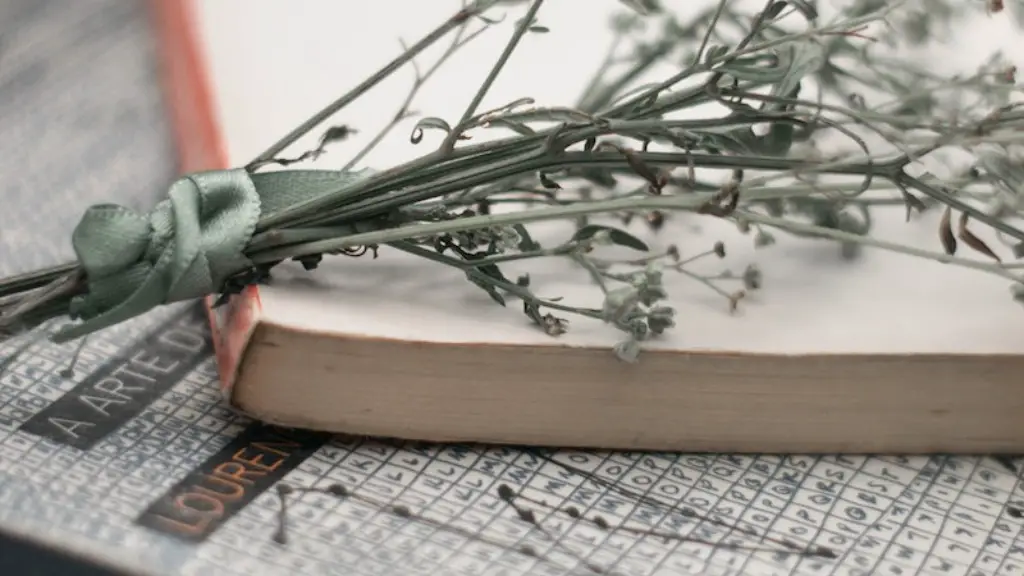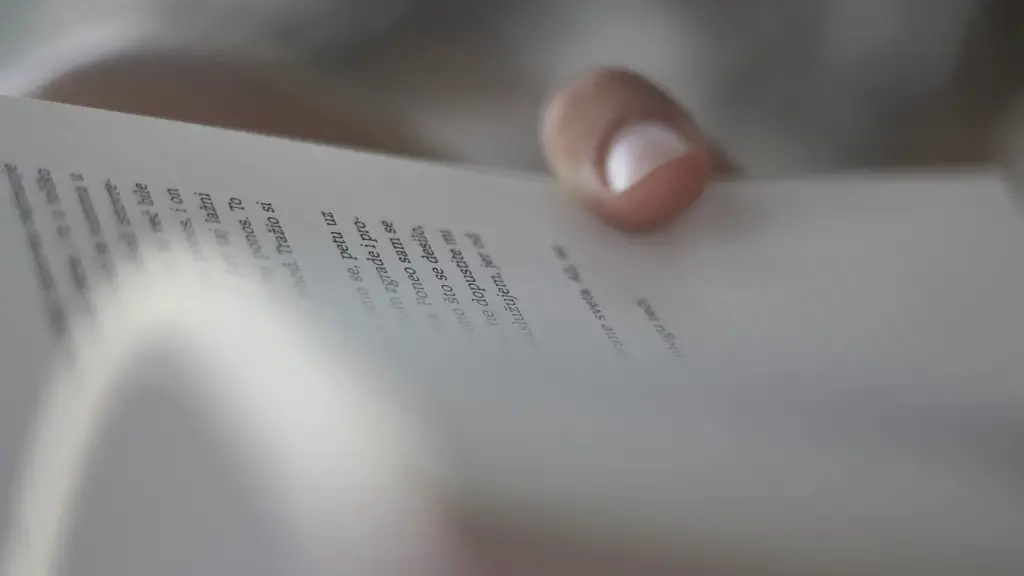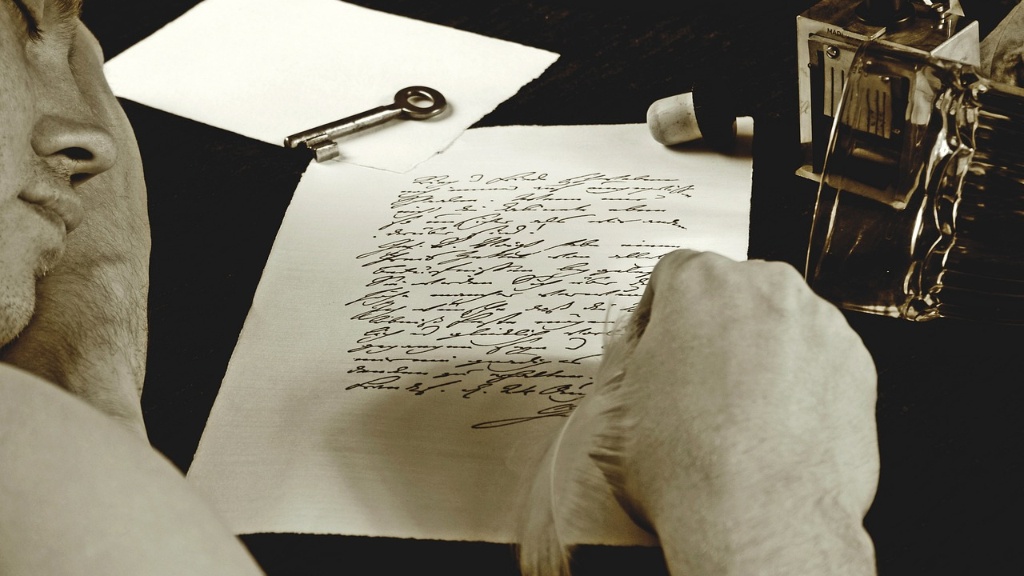Definition of Poetry
Poetry is a form of literary art in which language is used for its aesthetic and evocative qualities in addition to, or in lieu of, its apparent meaning. Poetry may be written independently, as discrete poems, or may occur in conjunction with other arts, as in poetic drama, hymns, or lyrics. The word derives from the Greek poiesis, which translates to “creation” or “invention.”
Aesthetics
A poem is usually composed of words chosen for their sensory and aesthetic qualities, as well as for their semantic qualities, which often includes not only the literal meaning of the words, but also the connotations and associations that a word carries. This choice of words governs both the form and the content of a poem, influencing how its themes are expressed, how its images are developed, and how its sounds, rhythms, and meters interact with each other.
Style and Form
Poets often employ literary devices such as metaphor, simile, and personification to enhance and enliven their writing. By using these devices, poets can better convey their ideas, feelings, and moods in a more vivid and interesting way. Style and form are also important elements of a poem. Poets use particular forms and structures to create their feelings and thoughts. There are many forms of poetry, including the usual categories of lyric, narrative, and dramatic poetry, as well as subgenres such as odes, sonnets, and epics.
Meaning
Poetry can be difficult to define, as it can take many forms and have multiple meanings. Poetry expresses feelings, thoughts, and observations of the world through different ways of structuring the language. It can communicate in powerful and concise ways. As well as making use of traditional poetic forms, such as rhyme, meter, and alliteration, it can also involve wordplay, sound effects, and various other devices to create an overall effect.
Emotional Impact
Poetry often speaks to people in a very personal way, giving them an emotional connection or resonance. It is a unique way to reach an audience and evoke emotion. The powerful images, symbols, figures of speech, and other poetic devices employed by the poet can move people to tears, cause them to ponder their own existence, or remind them of a time in the past.
Metaphor
Metaphors are one of the most powerful and compelling tools of a poet. They can be used to suggest abstract concepts, evoke feelings, and provoke thought. They can also provide a sense of distance from reality and allow the reader to consider an idea from a different perspective.
Symbolism
Symbolism is an important part of poetry. A symbol is a concrete representation of an abstract idea, such as death, love, or freedom. By using symbolism, the poet can communicate difficult concepts in a concise, more understandable way.
Rhyme and Rhythm
Rhyme and rhythm are the very essence of poetry. They give the poem its musicality and are one of the most important elements of its structure. Rhyme and rhythm also help to create an emotional response in the reader, as they are closely intertwined with feelings and memories.
Language and Imagery
The language and imagery used in poetry are closely linked. By crafting words and images, a poet can create vivid and captivating scenes that can resonate deeply with their audience. Language and imagery also help to define a poem’s theme, allowing it to explore difficult topics in an accessible way.
Modern Day Poetry
Modern day poetry is an ever-evolving form. The rules of poetry have become more relaxed, allowing for a more diverse range of topics, themes, and forms. Free verse is a popular form, as it does not adhere to traditional rules of structure and rhyme. In free verse, a poet is free to experiment and explore in a more expressive, emotive way.
The Role of Poetry in Society
Poetry has the ability to convey messages and ideas in a succinct, creative manner. It can be used as a form of protest, a means of self-expression, and a vehicle for social and political change. In times of hardship and struggle, poetry can be a powerful call to action. It can also be a source of solace and hope, reminding us of the resilience of the human spirit.
Creativity and Self Expression
Writing poetry can be an act of creative self-expression. It allows a person to express their thoughts, feelings, and ideas in an artful way. It is both a way to process personal experiences, and a tool for self-exploration. Writing poetry can also be incredibly liberating, allowing a person to explore their innermost thoughts and emotions without fear of judgment.
The Healing Power of Poetry
Poetry can be a form of therapy, offering relief from emotional pain, confusion, or anxiety. Its expressive language and emotion-invoking imagery can help to bring clarity to a person’s inner world. Writing poetry can also be an incredibly cathartic experience, allowing a person to channel their difficult emotions into something creative and beautiful.
Conclusion
The power of poetry lies in its ability to express abstract ideas, evoke emotions, and create a space for self-exploration. Its impact is far-reaching, offering comfort and hope to those in need, and inspiring creative expression and social and political change. Poetry can be used to capture a moment in time and remind us of the enduring beauty of the written word.



